PPT-FEA of Coil Supports
Author : jane-oiler | Published Date : 2016-09-16
J Bessuille June 2013 Oct 2013 Model File Name CompositeBeamTest File Configuration Default Model Type Solid Loads 1000 Nm uniform Restraints Fixed ends Contacts
Presentation Embed Code
Download Presentation
Download Presentation The PPT/PDF document "FEA of Coil Supports" is the property of its rightful owner. Permission is granted to download and print the materials on this website for personal, non-commercial use only, and to display it on your personal computer provided you do not modify the materials and that you retain all copyright notices contained in the materials. By downloading content from our website, you accept the terms of this agreement.
FEA of Coil Supports: Transcript
Download Rules Of Document
"FEA of Coil Supports"The content belongs to its owner. You may download and print it for personal use, without modification, and keep all copyright notices. By downloading, you agree to these terms.
Related Documents

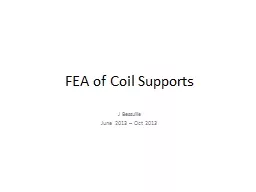
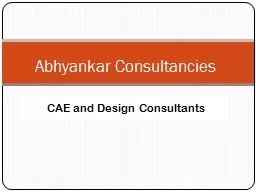
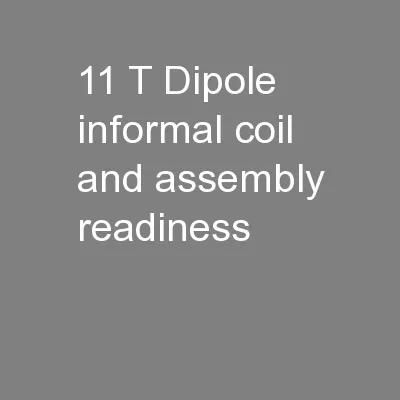
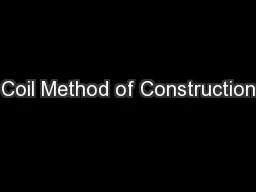


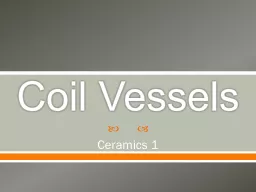

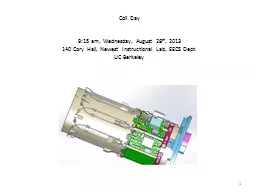
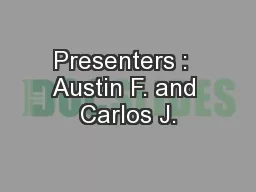

![EFG@AHI�JKLMNOP�MQKORP�LSJTNPI�JUVWXYZZZI�[FBA@TWA\I�]U^_\A@@�LU`a\FEA](https://thumbs.docslides.com/829757/efg-ahi-jklmnop-mqkorp-lsjtnpi-juvwxyzzzi-fba-twa-i-u-a-lu-a-fea.jpg)

